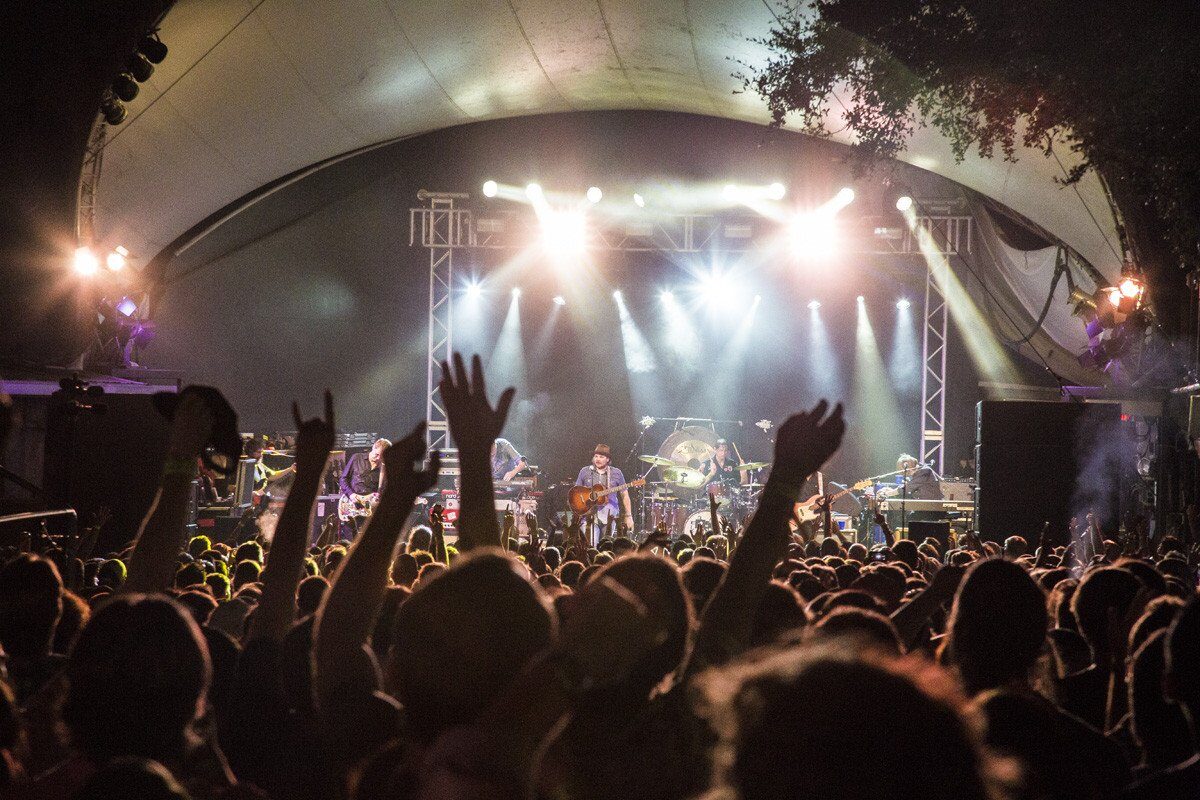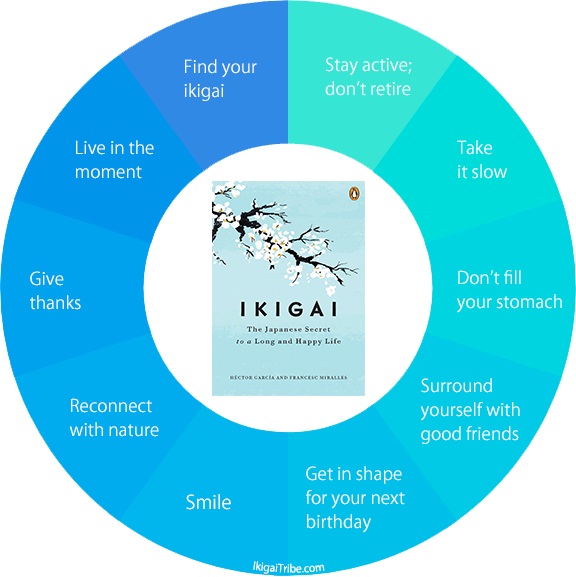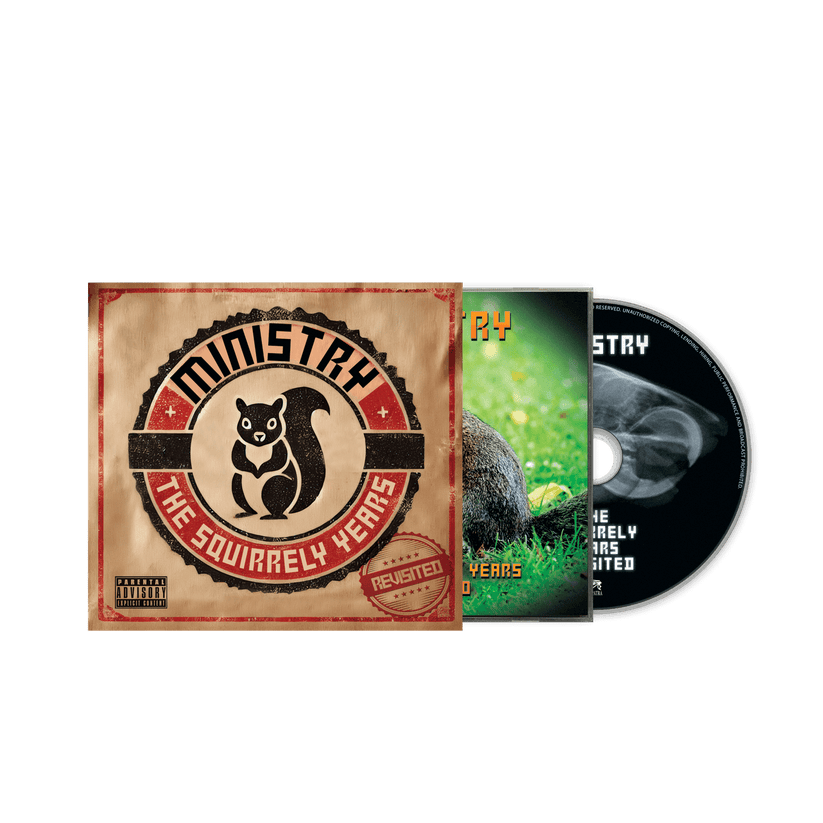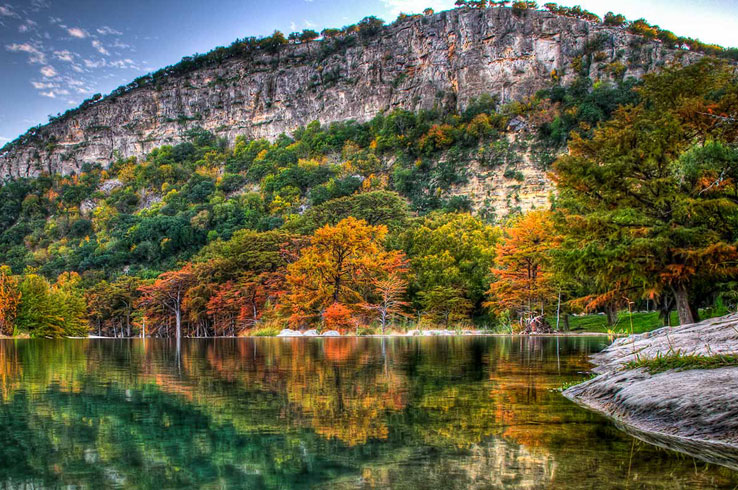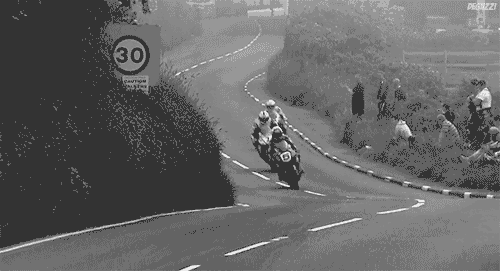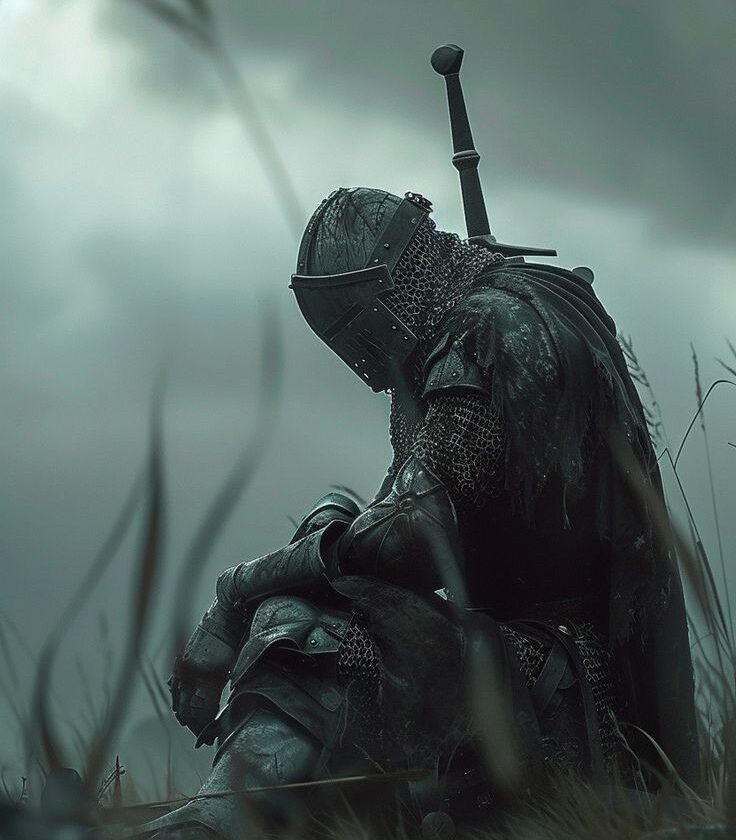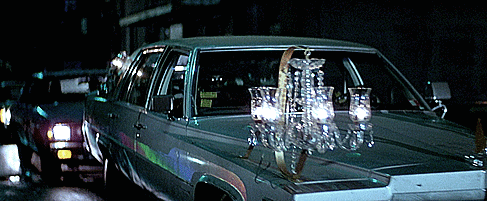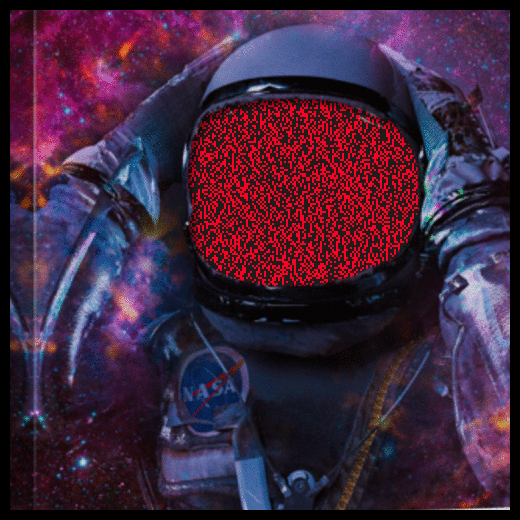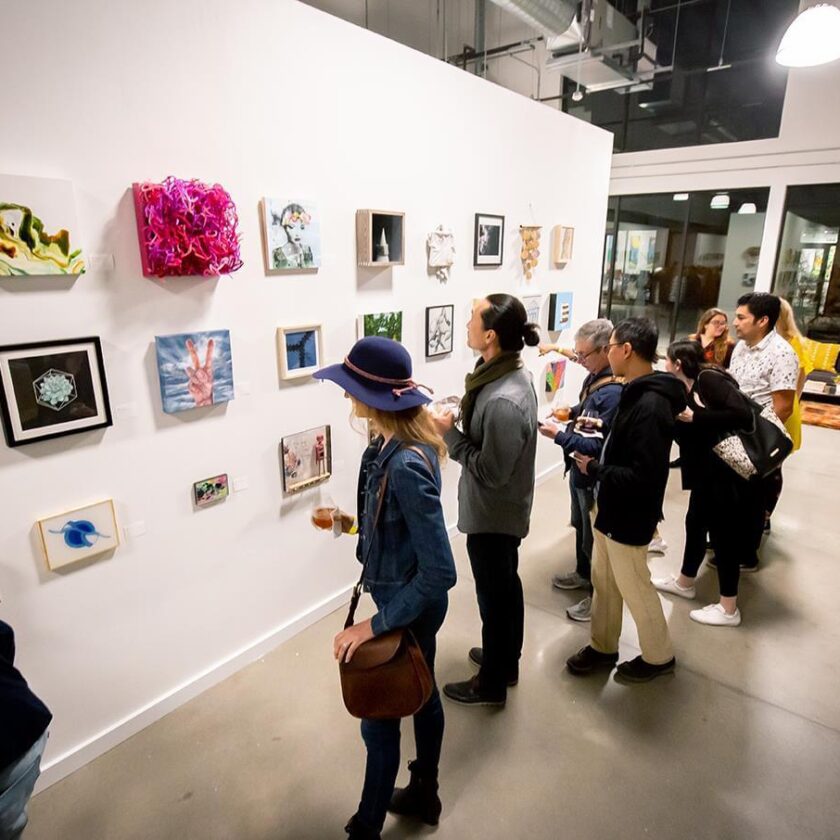The 10 Rules of IKIGAI: The Japanese Secrets To a Long and Happy Life
Ikigai (生き甲斐, ‘a reason for being’) is a Japanese concept referring to something that gives a person a sense of purpose, a reason for living.
“There is a passion inside you, a unique talent that gives meaning to your days and drives you to share the best of yourself until the very end. If you don’t know what your
ikigai is yet, as Viktor Frankl says, your mission is to discover it.”
Much has been written and studied about the blue zones or areas of the world where humans seem to live supernaturally long lives. But there is a culture. A science. A way of life that explains much of the what and how that carries these tremendous souls to long and healthy lives. It starts within and it is carried without.
-Trinity
Have you ever wondered what your purpose in life is? Tim Tamashiro delights us with a journey into the discovery of Ikigai, a treasure map for finding one’s own happiness. Ikigai originates from Okinawa, the birthplace of Karate and home to one of the highest percentages of centurions in the world. Take the first step in discovering your own Ikigai, and earn your yellow belt in finding your purpose. A love of music, and a dream to create a life full of it, carried Tim Tamashiro all the way from childhood music lessons to a successful career as a jazz musician. Growing up in small town Alberta, Tamashiro felt differently than the other kids, and embraced that feeling to pursue creative outlets that he enjoyed. Piano lessons led to music school, work with with HMV retail, then a role with MCA Records. For twenty years, he enjoyed working in music, from performing with bands, singing at events and in front of prime ministers and royalty. He sang jazz standards with The Jump Orchestra in Edmonton, then moved to Calgary and joined a local jazz group called The Swinging Bovines. He released his debut album, “Wiseass Crooner,” in 1995, and toured Canada promoting it. Most recently Tim authored the book “How to Ikigai: Lessons for Finding Happiness and Living Your Life’s Purpose” This talk was given at a TEDx event using the TED conference format but independently organized by a local community. Learn more at https://www.ted.com/tedx
Okinawa Prefecture (沖縄県, Japanese: Okinawa-ken, Okinawan: ʔUchinā-chin[1]) is a prefecture of Japan located on the Ryukyu Islands.[2] Okinawa Prefecture is the southernmost and westernmost prefecture of Japan, has a population of 1,457,162 (2 February 2020) and has a geographic area of 2,281 km2 (880 sq mi).
Naha is the capital and largest city of Okinawa Prefecture, with other major cities including Okinawa, Uruma, and Urasoe.[3] Okinawa Prefecture encompasses two thirds of the Ryukyu Islands, including the Okinawa, Daitō and Sakishima groups, extending 1,000 kilometres (620 mi) southwest from the Satsunan Islands of Kagoshima Prefecture to Taiwan (Hualien and Yilan Counties). Okinawa Prefecture’s largest island, Okinawa Island, is the home to a majority of Okinawa’s population. Okinawa Prefecture’s indigenous ethnic group are the Ryukyuan people, who also live in the Amami Islands of Kagoshima Prefecture.
Okinawa Prefecture was ruled by the Ryukyu Kingdom from 1429 and unofficially annexed by Japan after the Invasion of Ryukyu in 1609. Okinawa Prefecture was officially founded in 1879 by the Empire of Japan after seven years as the Ryukyu Domain, the last domain of the Han system. Okinawa Prefecture was occupied by the United States of America during the Allied occupation of Japan after World War II, and governed by the Military Government of the Ryukyu Islands from 1945 to 1950 and Civil Administration of the Ryukyu Islands from 1950 until the prefecture was returned to Japan in 1972. Okinawa Prefecture comprises just 0.6 percent of Japan’s total land mass but about 26,000 (75%) of United States Forces Japan personnel are assigned to the prefecture; the continued U.S. military presence in Okinawa is controversial.[4][5]
Okinawan cuisine incorporates influences from Chinese cuisine and Southeast Asian cuisine due to its long history of trade. The sweet potato, introduced in Okinawa in 1605, became a staple food in Okinawa from then until the beginning of the 20th century. An article about Okinawan food written by Kikkoman states that Goya (bitter melon) and Nabera (luffa or towel gourd) were “likely” introduced to Okinawa from Southeast Asia. Since Ryukyu had served as a tributary state to China, Ryukyuan cooks traveled to Fujian Province to learn how to cook Chinese food; Chinese influence seeped into Okinawa in that manner. The same Kikkoman article states that the method of distillation of awamori likely originated from Siam (Thailand) and traveled to Okinawa during the 15th century. After the lord of the Satsuma Domain invaded the Ryukyus, Okinawan cooks traveled to Japan to study Japanese cuisine, causing that influence to seep into Okinawan cuisine.[2]
Okinawa was administered by the United States after World War II, during which time various canned foods were popularized. American hamburger shops entered into the Okinawa market earlier than on the mainland. It was during this period that Okinawans became familiar with Americanized food culture. The cuisine has evolved in modern times, especially because of the American military presence on Okinawa since the end of World War II.[1]


